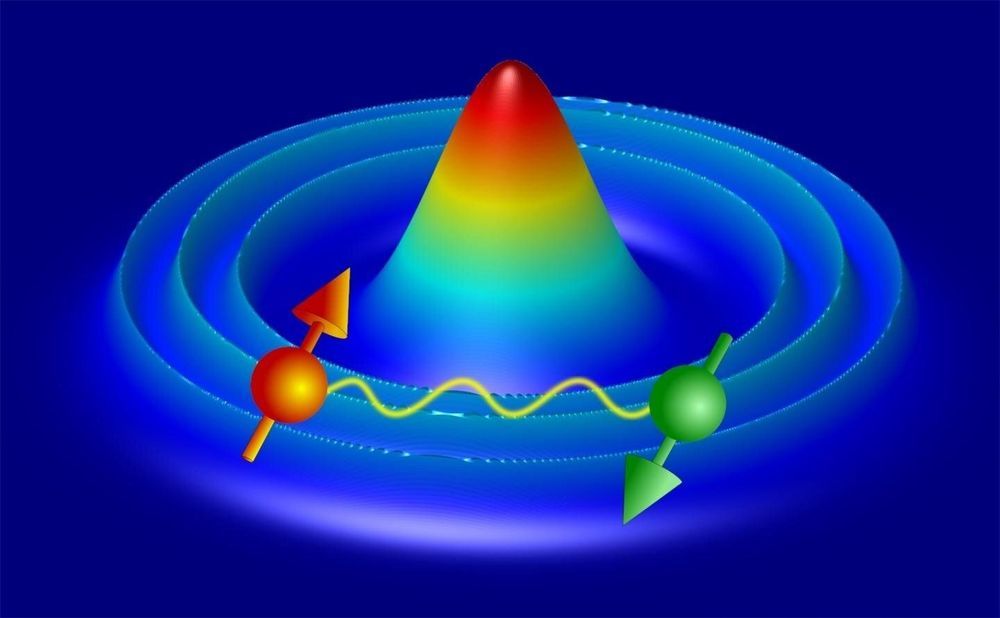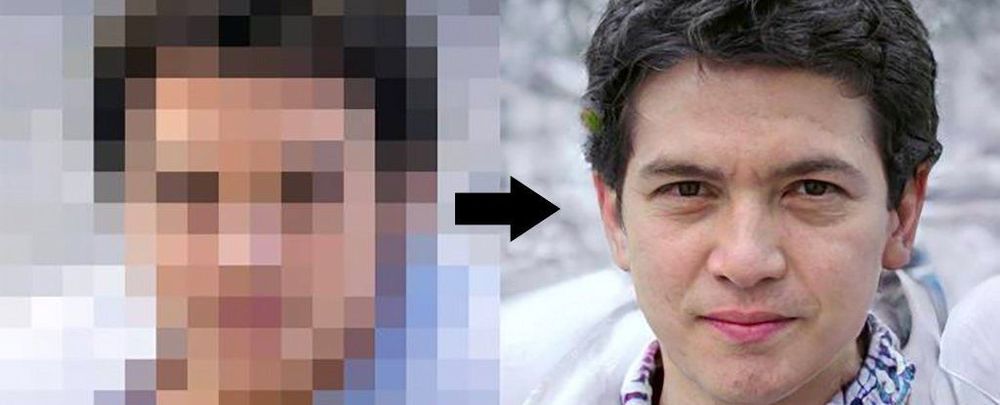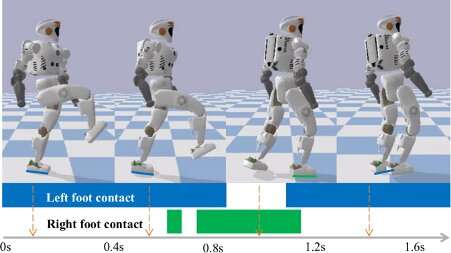Last year, the Advanced LIGO-VIRGO gravitational-wave detector network recorded data from 35 merging black holes and neutron stars. A great result—but what did they miss? According to Dr. Rory Smith from the ARC Centre of Excellence in Gravitational Wave Discovery at Monash University in Australia—it’s likely there are another 2 million gravitational wave events from merging black holes, “a pair of merging black holes every 200 seconds and a pair of merging neutron stars every 15 seconds” that scientists are not picking up.
Dr. Smith and his colleagues, also at Monash University, have developed a method to detect the presence of these weak or “background” events that to date have gone unnoticed, without having to detect each one individually. The method—which is currently being test driven by the LIGO community—” means that we may be able to look more than 8 billion light years further than we are currently observing,” Dr. Smith said.
“This will give us a snapshot of what the early universe looked like while providing insights into the evolution of the universe.”








